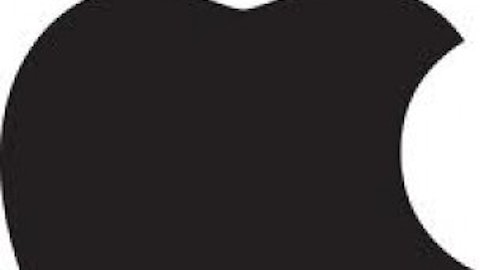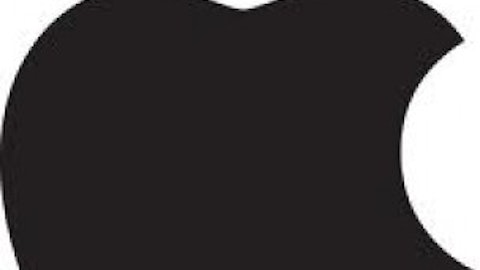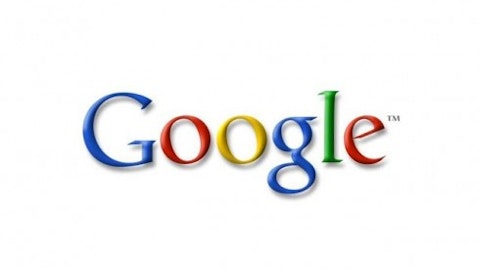Back in the late ’90s Microsoft controlled upward of 90% of computing devices, which at the time were largely just PCs. However, across the past five years, the explosion of smartphones and tablets means Microsoft controls less than 25% of “connected devices” today, thanks to Apple Inc. (NASDAQ:AAPL)‘s and Google Inc (NASDAQ:GOOG)‘s dominance of that mobile growth.
Also, in the highly competitive mobile world, bundling services is no longer perceived as the anti-competitive threat it once was, but more something that enhances the user experience. Today, on iOS and Android, most default services such as Maps and media services such as iTunes or Google Inc (NASDAQ:GOOG) Play come bundled with the operating system. Microsoft is using this changing landscape to integrate more of its existing services into Windows.
On Windows 8.1, Microsoft Corporation (NASDAQ:MSFT) is more closely bundling SkyDrive as a Web storage service. Also, a new version of Internet Explorer will come as a default with Windows 8.1. Whether or not PC users like it, Microsoft is responding to the changing landscape around it. When Microsoft shelled out $8.5 billion for Skype, it was evidence of how serious the company was about building up services it could bundle across all its products: Windows, mobile, Xbox. The future of Windows isn’t just Microsoft’s owning the operating system, but also the key software and services on top it.
Happy Windows users?
Will Windows 8.1’s changes be enough to satisfy most dissatisfied users? Probably not. The tile user interface remains at the center of the experience, even if booting to the desktop is now an option. Moreover, many of the changes to make Windows 8.1 feel more similar to Windows versions rely on customization. With many users complaining about a “steep learning curve,” making users customize the experience doesn’t exactly scream of simplification. However, the changes could go a way in getting more adoption of Windows 8 in a key market: corporate users. While consumer interest in PCs has been cratering, corporate PC buying has been a far more steady force. Enabling options like booting to the desktop could lessen headaches for IT departments and persuade them to begin using Windows 8.
Like it or not, Microsoft Corporation (NASDAQ:MSFT) is committed to an operating system that’s touch-friendly and features heavy integration with its other services. How much more will Microsoft compromise and return to the look of the Windows feel of old? That will depend on whether the company can stomach declining Windows sales across the next year, or whether Windows manages to rebound.
The article What to Expect From Microsoft’s Next Windows Release originally appeared on Fool.com and is written by Eric Bleeker, CFA.
Eric Bleeker, CFA, has no position in any stocks mentioned. The Motley Fool recommends Amazon.com, Apple Inc. (NASDAQ:AAPL), Facebook, and Google and owns shares of Amazon.com, Apple, Facebook, Google Inc (NASDAQ:GOOG), and Microsoft.
Copyright © 1995 – 2013 The Motley Fool, LLC. All rights reserved. The Motley Fool has a disclosure policy.





